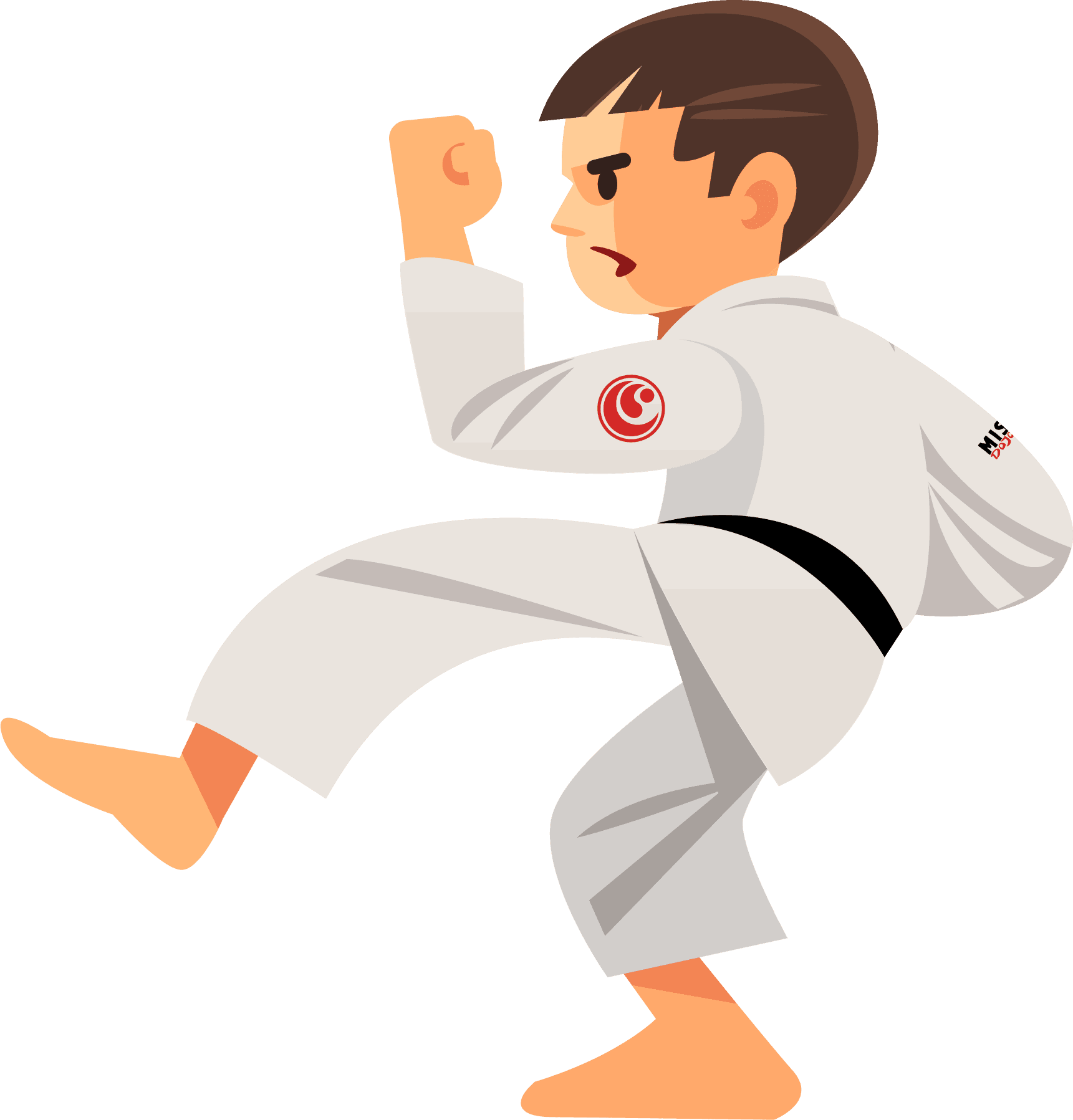kyokushinkai
karate
Become part of our friendly team, train in the modern Dojo and develop the strength and spirit of a real warrior!

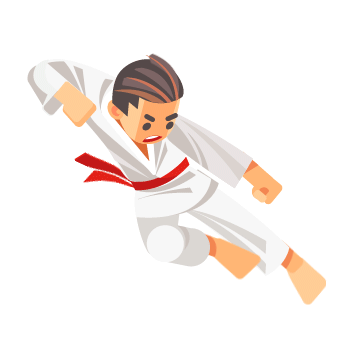
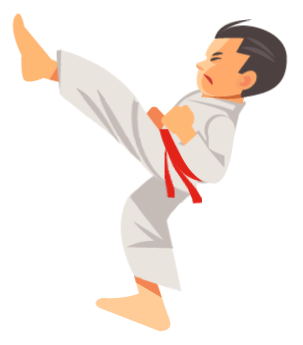
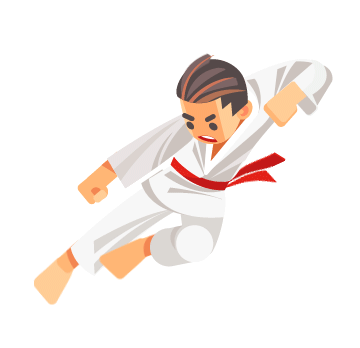
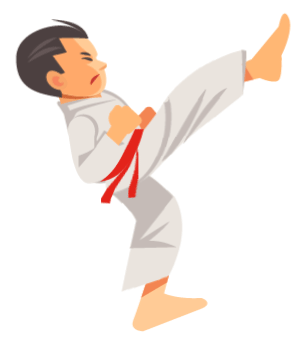
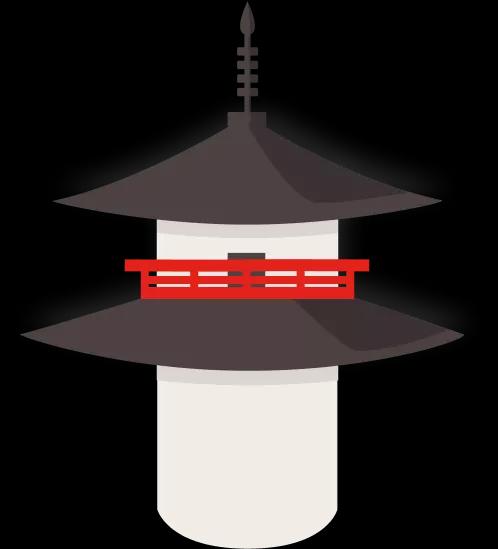
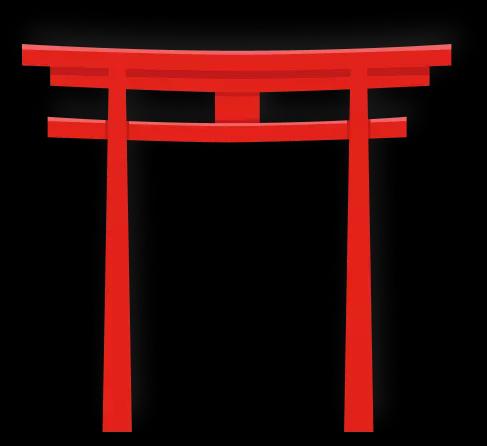
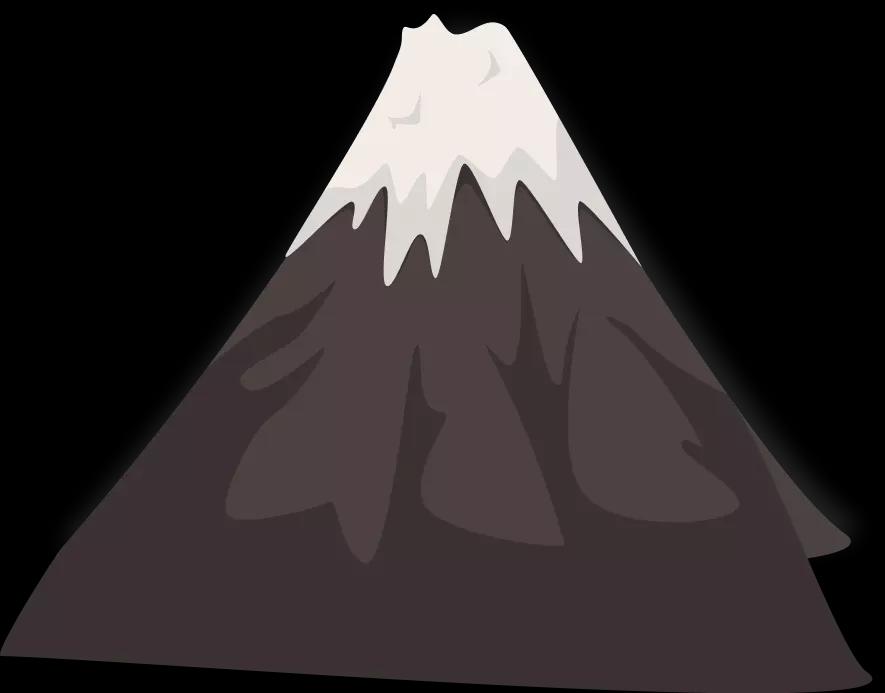
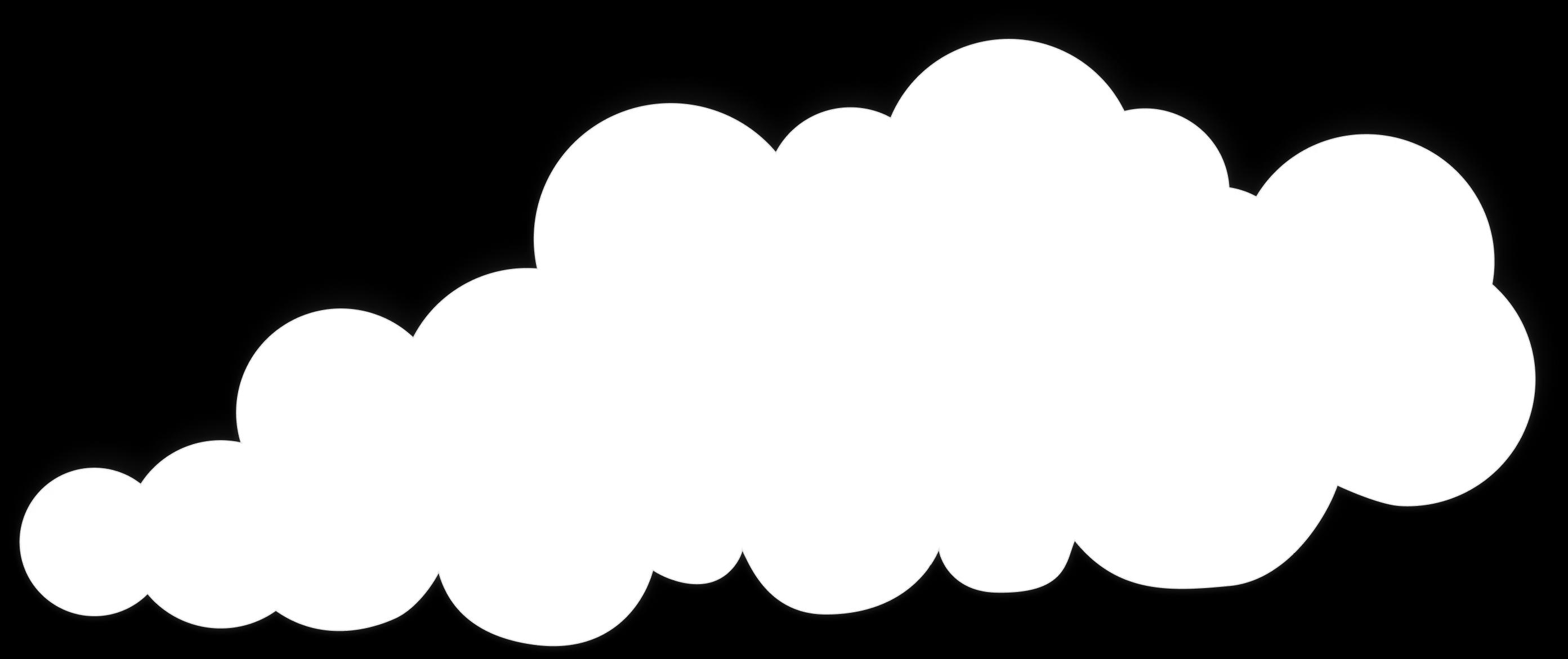
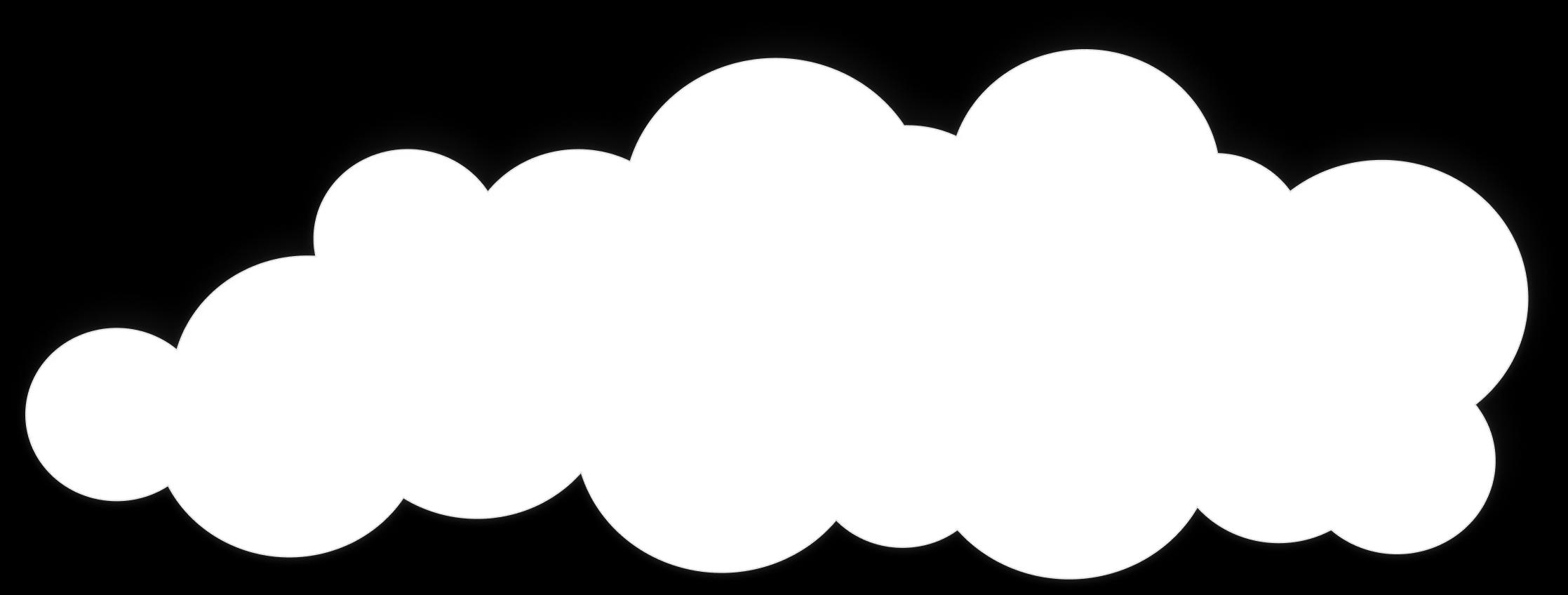
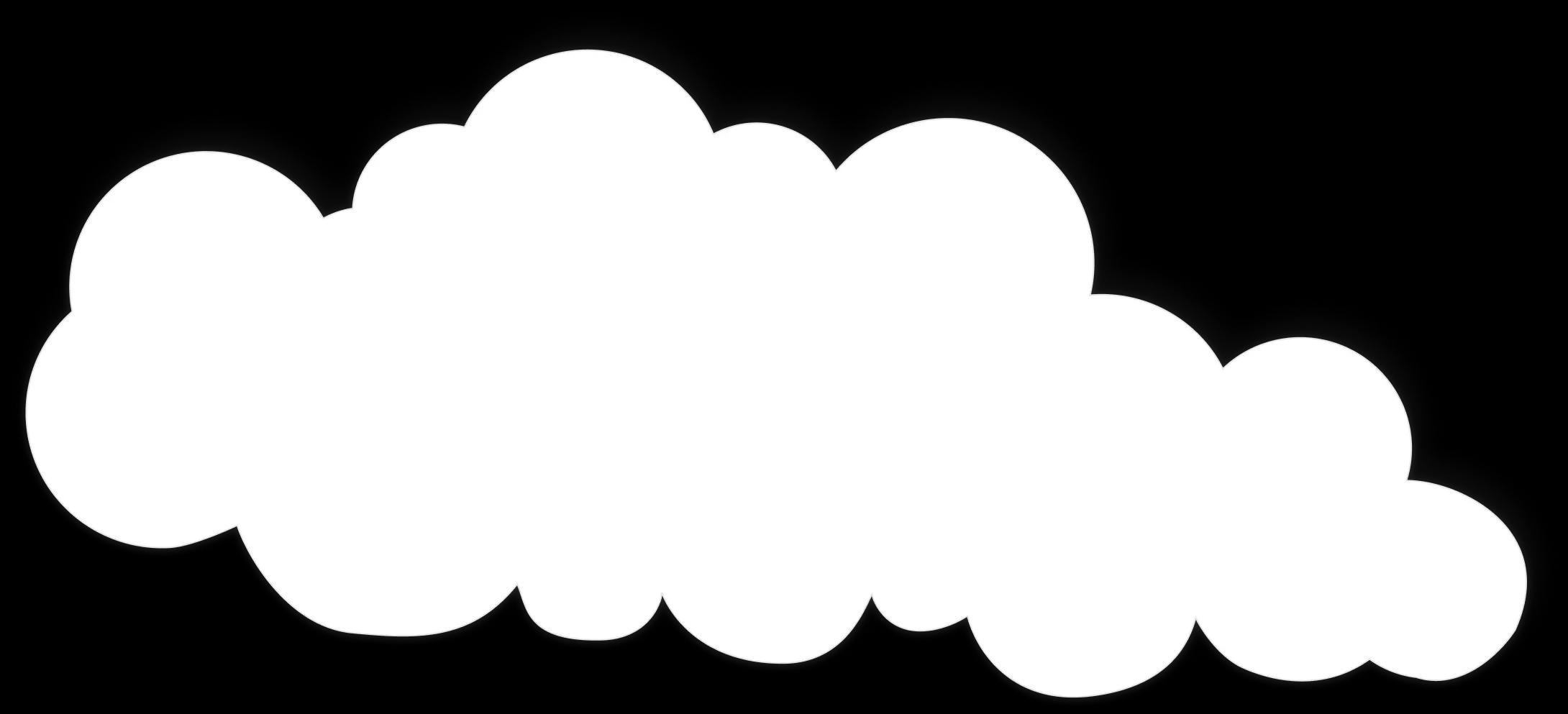
More

Become part of our friendly team, train in the modern Dojo and develop the strength and spirit of a real warrior!












More

 train inmodern Dojo
train inmodern Dojo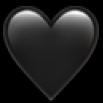 and develop your strength and spirit
and develop your strength and spirit

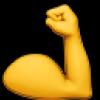
The main goal of creating the Kyokushin Karate Sports Club 'Misak Dojo' is to popularize karate by forming a complete group of karatekas who will follow the Kyokushin style, developing their moral and strong-willed qualities, striving for improvement both intellectually and physically...
We have created a Dojo where we welcome every determined karate enthusiast who will embark on the warrior's path with love, respect, and patience towards training, the coach, and the entire karate group. Our team pays great attention to the development of physical and spiritual skills, shaping a well-rounded personality in a friendly and cohesive community!
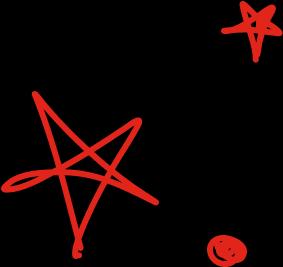
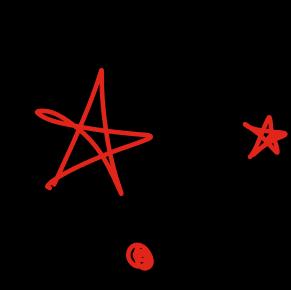
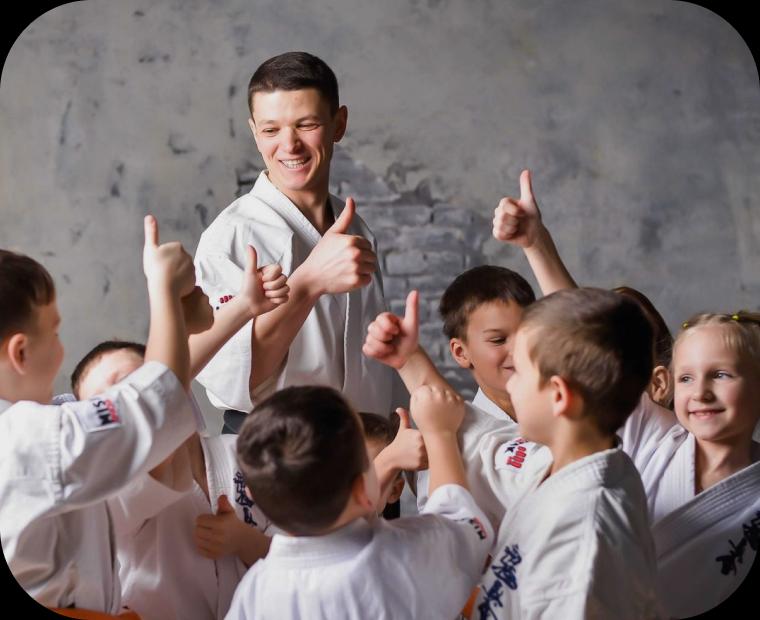
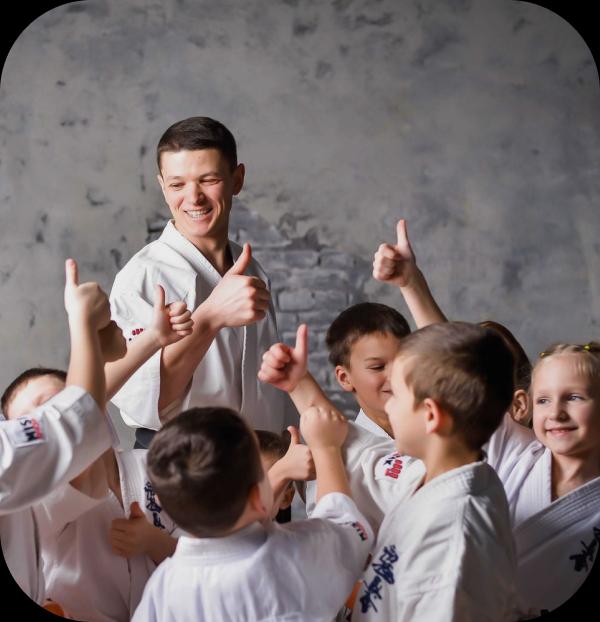

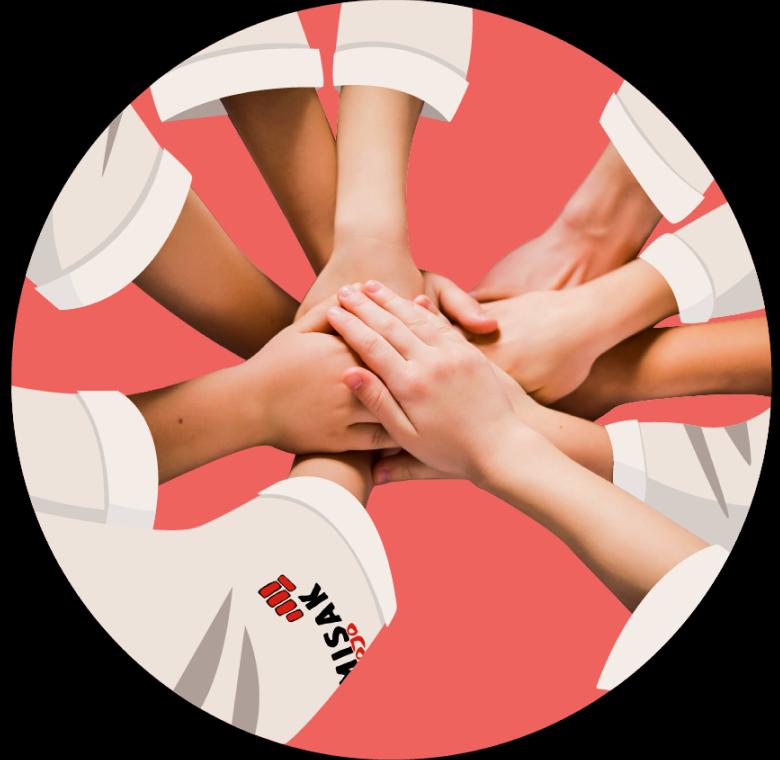
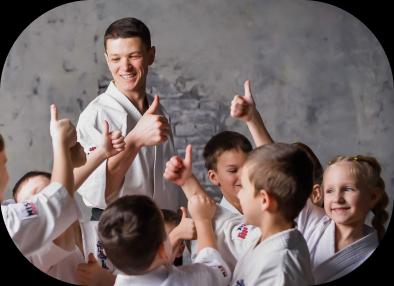

are currently training
at Misak Dojo
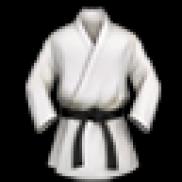
students take exams
at Misak Dojo on the belts
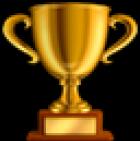
ukr and eu competitions
among our students
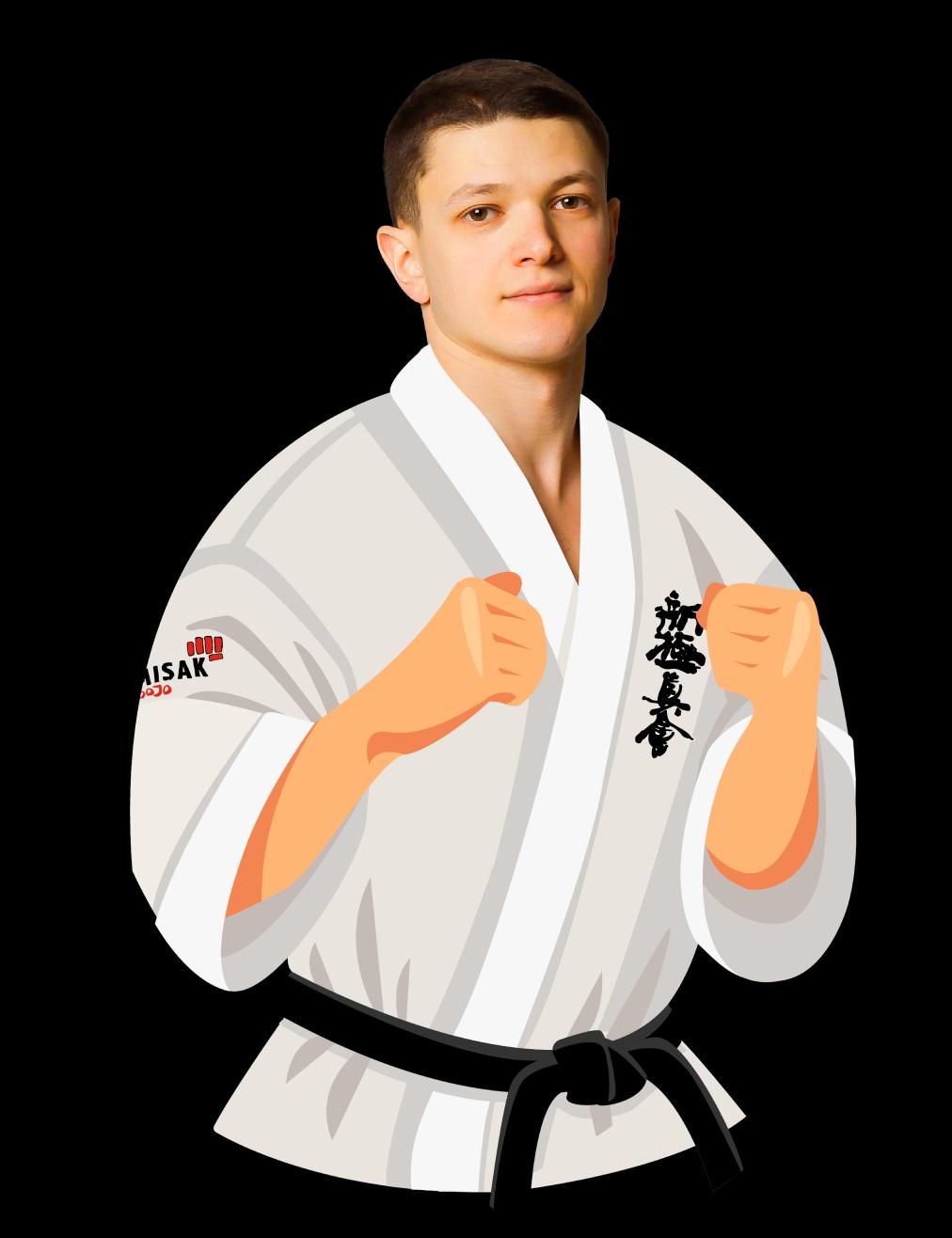

Born in 1988 in the city of Sumy, he first encountered Kyokushin Karate at the age of 6. Later, while studying at the Ukrainian Academy of Banking, the young man began training under Shevchenko Alexander Nikolaevich and soon started representing Sumy region in national competitions. In 2009, he was awarded the title of Candidate for Master of Sports of Ukraine.
In 2012, Misak moved to Kyiv. He trained under Shihan Lyashchenko Viktor Georgievich and later founded the "Misak Dojo". In 2014, in the city of Vinnitsa, he passed the first dan (black belt) exam, and in 2019, with his karate comrades, he registered the Kyokushin Karate Sports Club "Misak Dojo".

Senpai Konstantin Kostyuk
1st dan
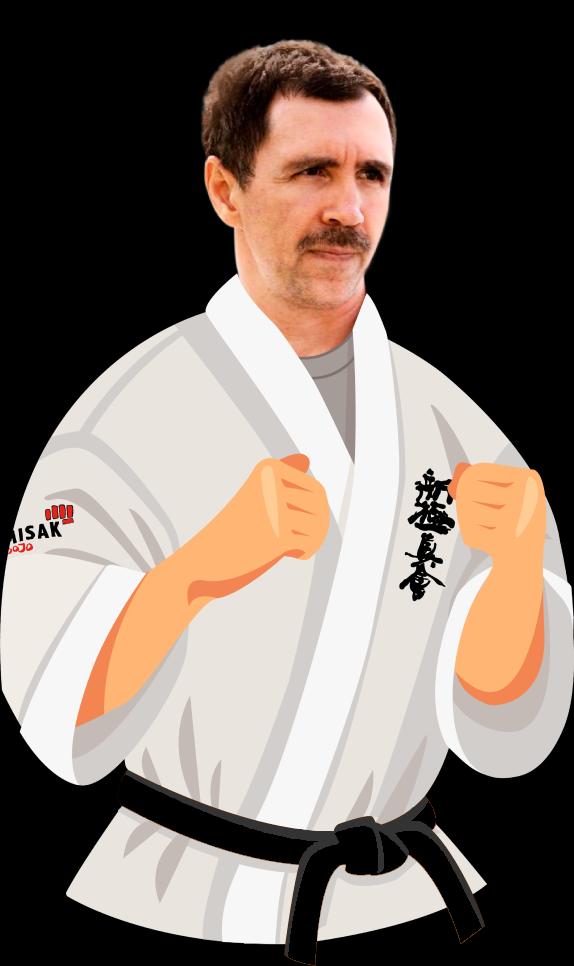
Mykola Ivashkovets
1st dan
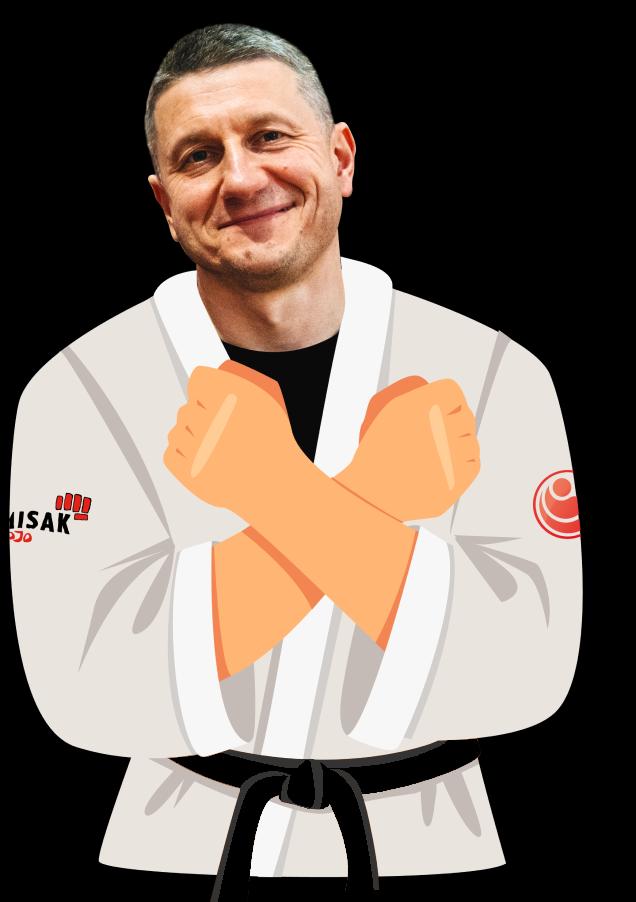
Felix Zinchenko
1st dan
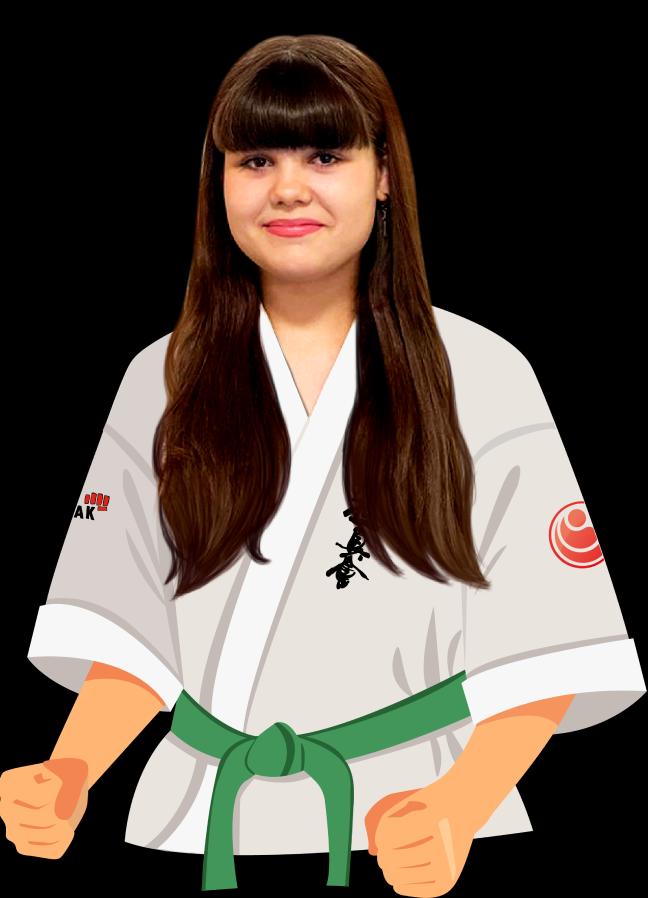
Senpai Valeriya Slipets
3 kyu
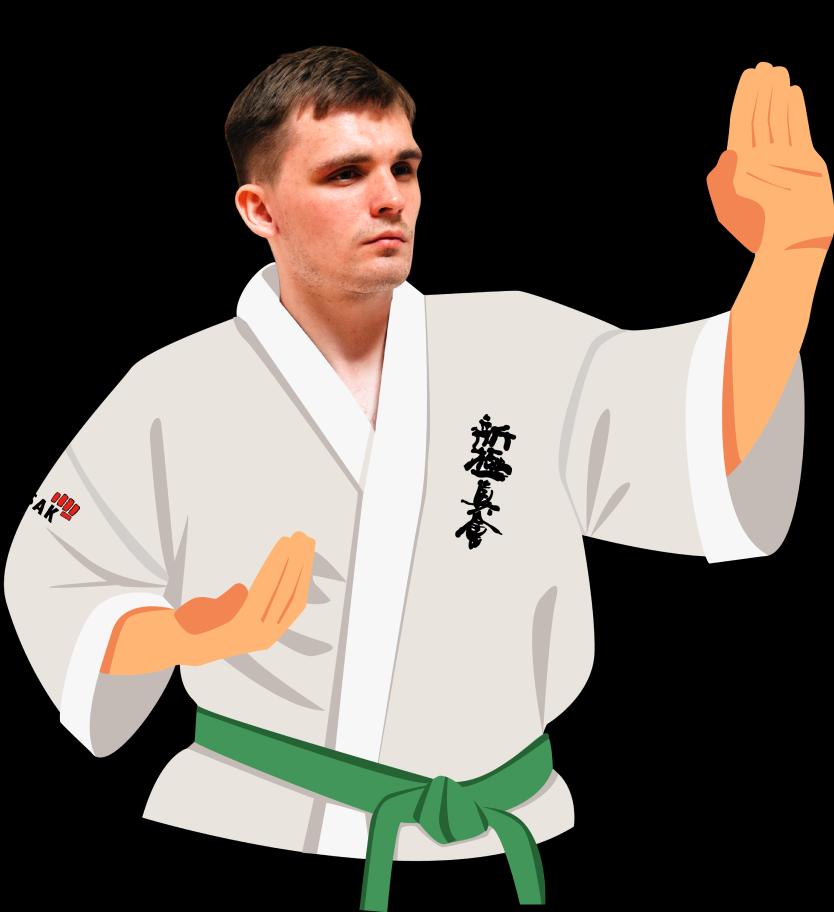
Senpai Mykola Skrypnyk
4 kyu



Group 2 (children 5-13 years old)
Group 1 (adult, 14+ years)

Group 2 (children 5-13 years old)
Group 1 (adult, 14+ years)


Group 2 (children 5-13 years old)
Group 1 (adult, 14+ years)

Group 6 (children 6-8 years old)
Group 7 (children 9-15 years old)


Group 6 (children 6-8 years old)
Group 7 (children 9-15 years old)

Group 6 (children 6-8 years old)
Group 7 (children 9-15 years old)

Group (children to 9 years old)
Group (adults)

Group (children to 9 years old)
Group (adults)

Group (children to 9 years old)
Group (adults)
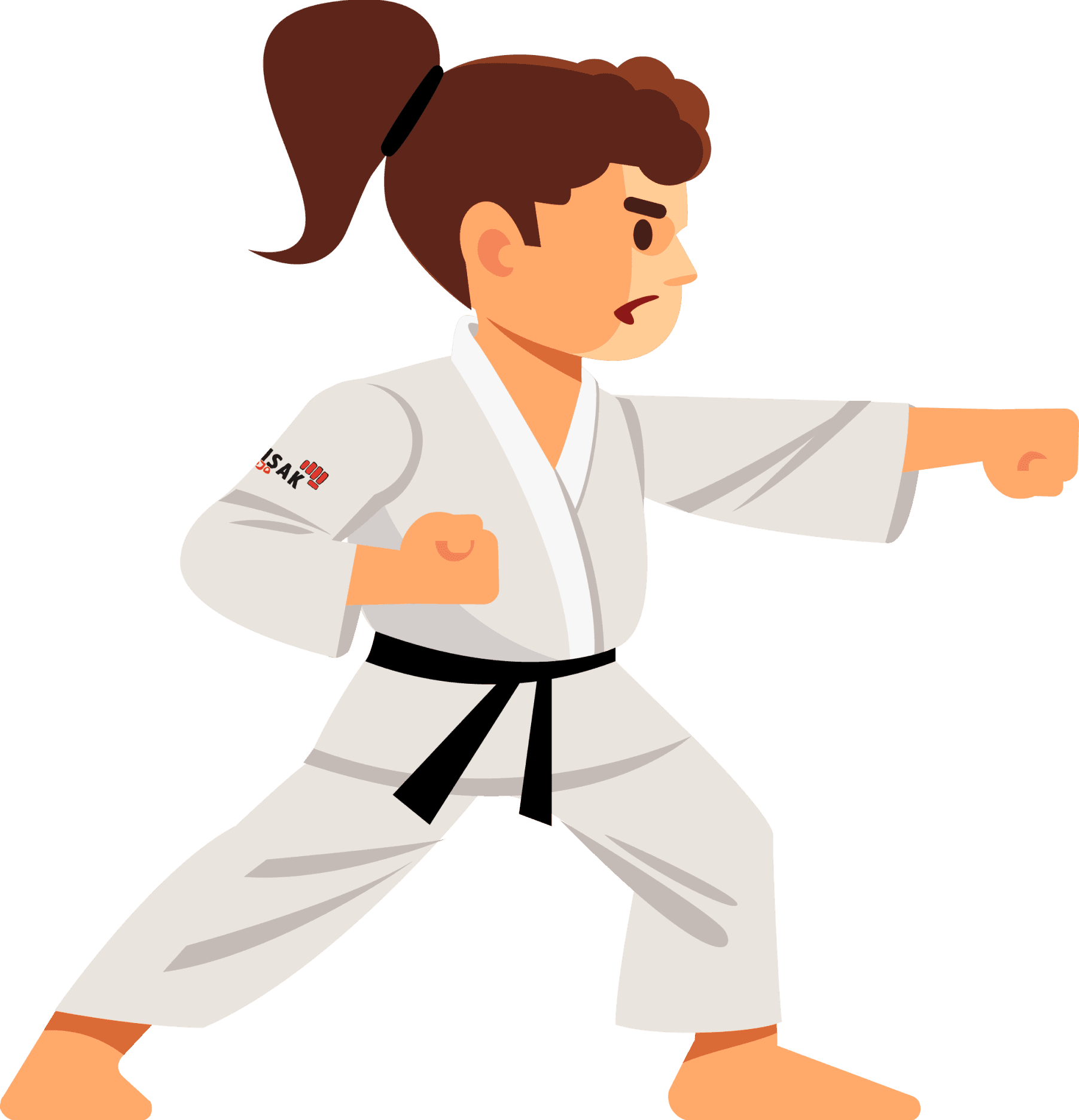
If in doubt, come to a trial training session
and test your strength with us!



